A look into the tingle and sting of bubbly beverages
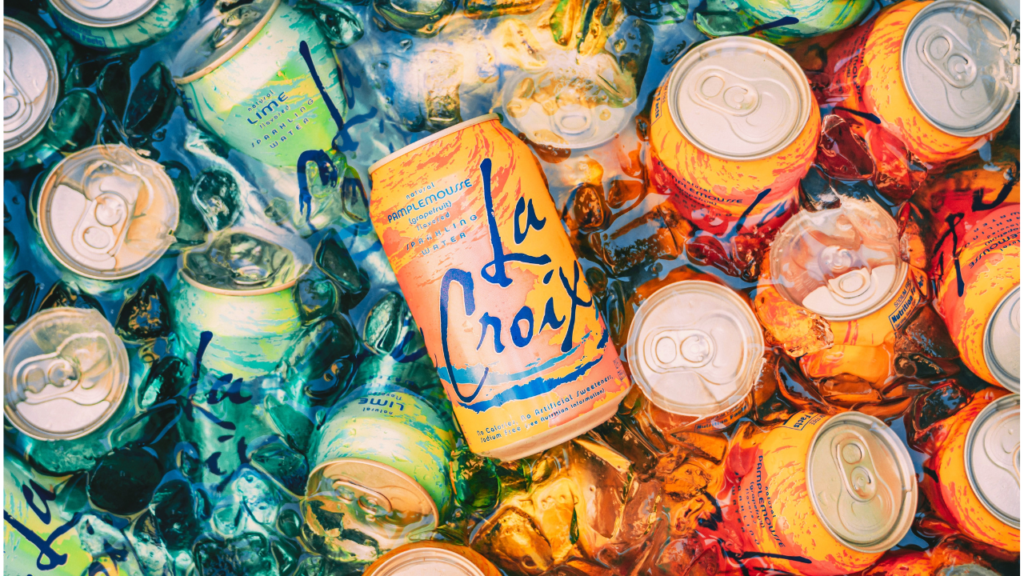

Do you have a dog?
If you do, try this experiment.
Replace your dog’s still water with sparkling water and see what happens…
Okay, maybe don’t try this at home because I don’t want to be bombarded with messages about animal welfare, so let me just spoil the answer for you.
Humans seem to be the only animal that seeks out bubbly beverages. Studies have seen that mice, dogs, horses, and other animals refuse to drink the carbonated version.
So, why would our sweet animal friends refuse the bubbly beverage so much of us have come to love — it’s irritating!
No, literally irritating.
It causes pain throughout your mouth and nose that somehow us crazy humans have come to enjoy. It’s the same response we have when eating spicy foods that contain capsaicin — when these irritants enter our mouth they elicit a painful response.
How could your favorite beverage cause pain?
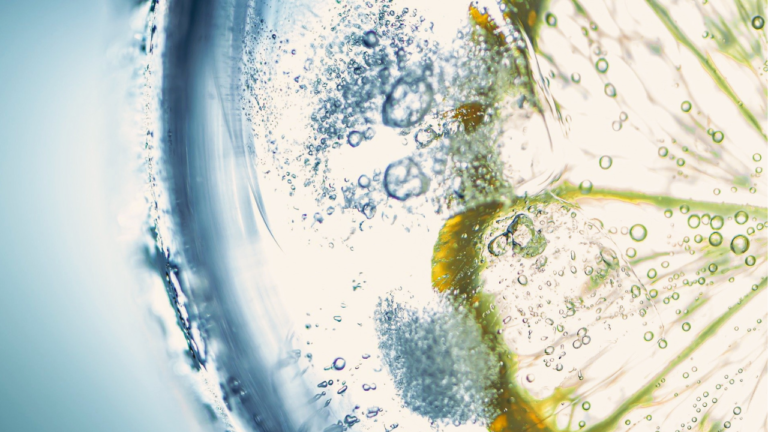

Next time you take a gulp of your La Croix or Perrier, listen to your body.
Yes, that’s exactly what my sister says to her 6-year-old when he’s doing the potty dance, but what I want you to do is to pay attention to how your mouth, throat, and nasal cavity feel.
You’ll probably notice this tingling and stinging sensation. Maybe it feels like your mouth is slightly burning.
Although many of us find this low level of irritation pleasurable, what’s happening anatomically wise is that our pain receptors are going off. Our brain is being alerted that an irritant has entered our mouth in a type of reaction scientifically named chemesthesis.
So, what the heck is chemesthesis?
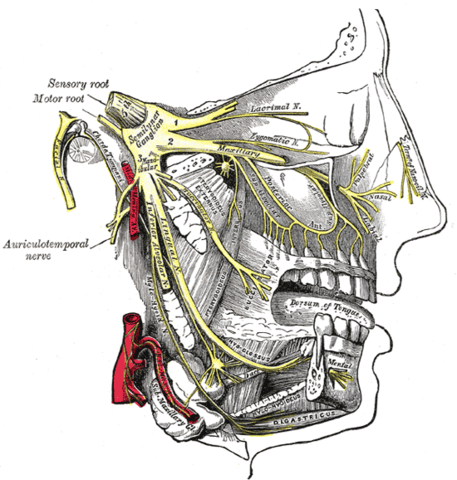

Chemesthesis occurs when certain chemicals, whether in food or air, enter the body and stimulate free nerve endings that are looking out for any irritants or intruders. These nerve endings are located throughout our mouth, nose, and eyes as a protective mechanism.
Now, when these free nerve endings are triggered — say by sparkling water — they send a message to the brain that reads ALERT!! BAD STUFF IS HERE.
In response, your brain triggers pain in your mouth in an attempt to get you to spit out the seemingly harmful water.
The main thing that all these chemesthetic sensations have in common is that they’re triggered by those free nerve endings I mentioned earlier and that they’re fundamentally different from other senses like taste and smell.
Because these sensations are reliant on free nerve endings, you may hear them called trigeminal sensations as the nerve that weaves the mouth, nose, and eyes is named the Trigeminal nerve.
Just look at the picture above and you’ll see this nerve weaves through the whole front part of your face.
Why do we keep drinking bubbly water then?
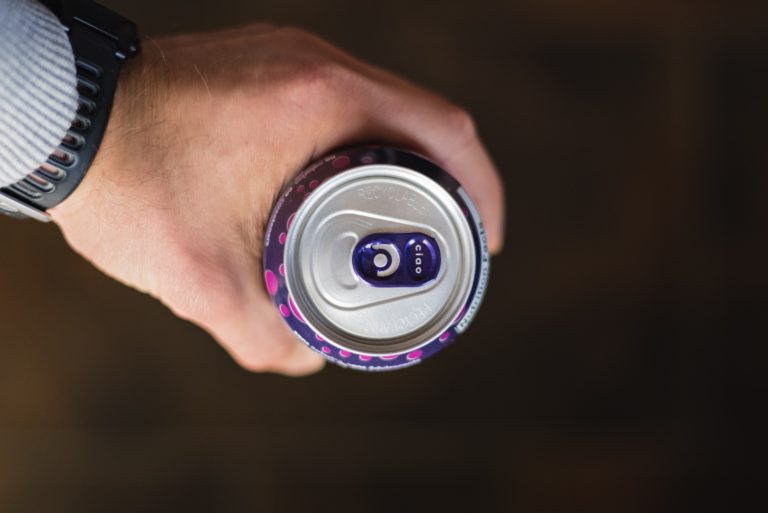

The key here is that the bubbles of carbon dioxide stimulate a low level of pain. Just the slight stinging or tingling you feel in your mouth or on your lips. At such a low dose, most people now find this sensation pleasurable.
And we seem to have the same infatuation with another chemesthetic response — the burning caused by spicy foods.
We push through the tears, snot, and general whole mouth on fire thing every time we choose to eat those spicy chicken wings.
Some other chemesthetic responses are the cooling you feel from mint products, dryness (puckering) from red wine, and pungency of horseradish.
Why would bubbles cause us pain?
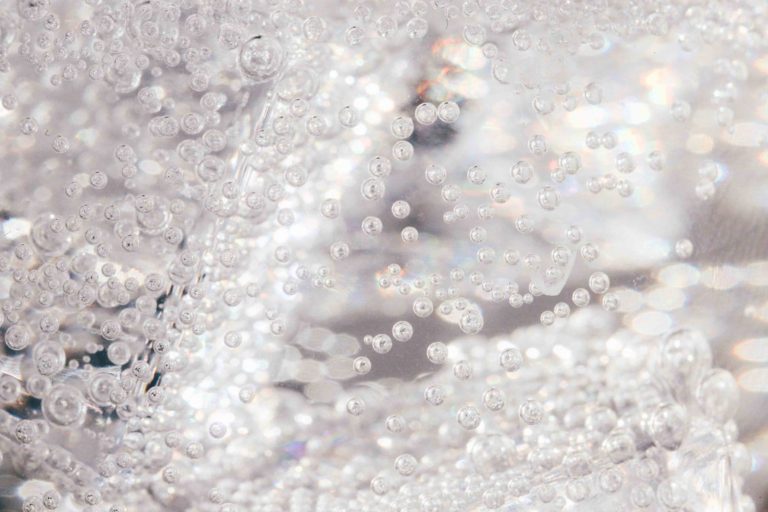

It’s easy to assume that there’s something about those bubbles — maybe simply their presence or the act of them bursting — that elicits that tickle in your throat.
Afterall, what each of these sparkling beverages have in common is that carbon dioxide is bubbled into them before they’re sealed and sold to consumers. And some older studies even hypothesize this bubble based mechanism without much experimental testing to back it up.
But more recent trials, which put participants in a hyperbaric chamber (a high pressure chamber) to drink a carbonated beverage reported that bubbles weren’t needed to elicit those mildly irritating effects.
That’s because participants who drank a carbonated beverage in the specialized chamber where the pressure was too high for bubbles to form still felt that characteristic tickle in their throat.
Instead, this study points the finger at the presence of carbonic acid, a weak acid that’s formed in the mouth when carbon dioxide reacts with water in the presence of a salivary enzyme called carbonic anhydrase.
It seems bubbles aren’t needed to experience the bite of a carbonated drink. Rather it’s the acidification and the production of carbonic acid that excites our trigeminal nerve.
So, are you one of those people addicted to the pain of these popular beverages?
No judgment here, because I am!
As I write this, I put on minty chapstick and can feel the tingle of the menthol on my lips. Later today I’ll have my afternoon sparkling water (in an attempt to not drink soda).
It turns out these chemesthetic responses are all around you once you know what you’re looking for.

